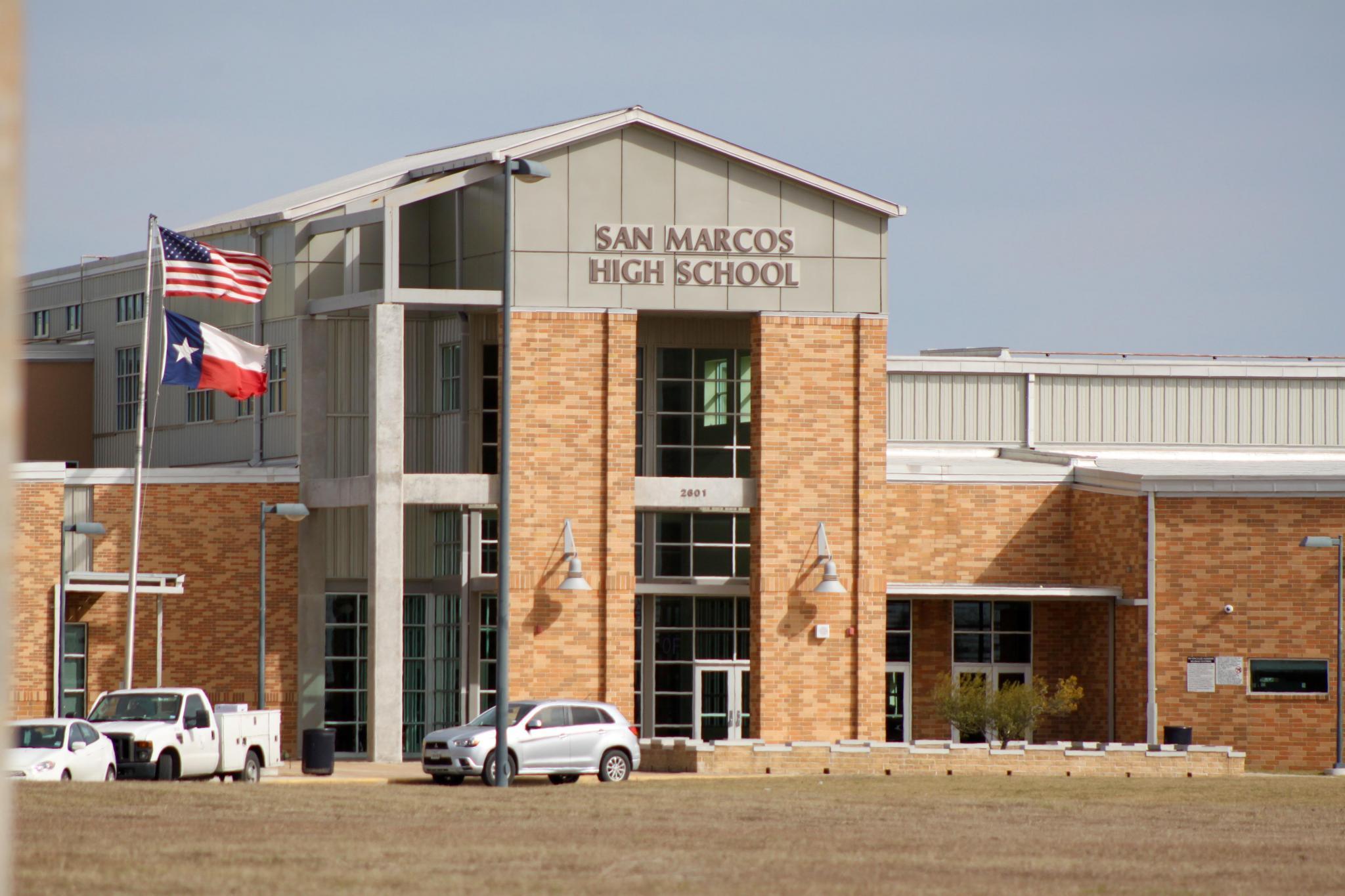
SMCISD moves out of recapture
Texas’ new school finance legislation meant mixed news for the San Marcos CISD budget for the 2019-2020 school year. The district will still have a deficit budget, but the deficit is smaller than initially anticipated, and the district is no longer in recapture.
At a budget workshop meeting Monday night, SMCISD Assistant Superintendent for Business and Support Services Karen Griffith showed what the passage of House Bill 3 and Senate Bill 3 means for the district.
“Our M&O tax rate is going to change,” Griffith said. The district’s M&O, or maintenance and operations, tax rate is currently at $1.06 per $100 valuation; that will go down to 99 cents under the new school finance legislation.
Griffith also said the state will impose a value compression of 2.5 percent but it is unclear whether that will apply to individual properties or the entire district. She said the state will be giving different programs different weight, making new calculations and phasing out the calculation for recapture over the next couple of years, but she was not sure what that means and how it will work.
Griffith told the board she will be going to a training session today and hopes to find out more about what the new legislation means.
“I know they’re still working through the bills, so there will be changes,” she said.
‘We still have a deficit budget’
In the meantime, the budget picture for SMCISD is brighter than it was on May 6, when Griffith presented a deficit budget and the news that the district was classified as a Chapter 41 district, meaning it would be subject to recapture under the state’s school finance plan. “Recapture” is the term for a “property rich,” or Chapter 41, district paying money to the state to be redistributed to other districts that are not property rich. The determination of whether a district must send money to other districts depends on the property values within the district and the number of students enrolled. The higher the values, and the lower the student population, the more a district will have to pay.
“We did get good news that our appeal was accepted,” Griffith told the board on Monday, “so for one year we go back to the lower rates. This makes our June 3 projection look a little better than it would under current law, but we still have a deficit budget.”
Through some cuts, such as attritioning some positions as people retire, Griffith said the district’s expenses for 2019-2020 were cut, creating a deficit of approximatelyt $6.3 million — about $7 million less than the deficit would have been under current law.
However, neither of those figures accounts for mandatory raises that were part of the new school finance legislation. Griffith presented several options for giving the mandated raises for different categories of employees: teachers, nurses, librarians, counselors and administrators; paraprofessionals, clerical workers and manual trades workers; and administrators.
“If we choose the least expensive of each of these options,” trustee John McGlothlin noted, “we’re about $9.2 million in the red.”
‘You’ve got to look at the bright side’
Adding to the complexities of school finance is the deadline for the district to approve a budget — Aug. 1 — and the crossover of the timelines for budget approval and the new school finance laws taking effect. Griffith said the district is likely to have a “live budget” to approve, meaning that there will be amendments made to the budget after a couple of months while the new law slowly takes effect.
“That’s the best I can tell you today,” she said.
Griffith said there will be more information about the budget to present at the board’s June 17 meeting, and that she is proposing June 24 as the date to have a public hearing on the district’s tax rate and budget and for the board to vote on the budget. If the board needs more time, trustee Miguel Arredondo proposed, the board could schedule a vote as late as June 30.
If the board still has questions after the June 17 budget discussion, Arredondo said, “I don’t want to be obligated to approve a budget on that following Monday.”
Griffith also said that the district will propose two tax rates for the public hearing.
“We’re going to do under current law and under proposed law,” she said.
Board President Clementine Cantu said she had hoped the new school finance law would help the district out. Griffith said it did, to a degree.
“You’ve got to look at the bright side,” Griffith said. “We would have been a lot more deeper in the hole. It did give us some.”
Cantu asked if there were other areas where the district could cut its expenses.
“We’ll work on it,” Superintendent Michael Cardona replied.
Arredondo suggested that the board consider subdividing the district’s property on South LBJ Drive and at the intersection of Hunter Road and Suttles to consider selling property.
“If this board is so moved to withdraw $10 million from fund balance [to cover the deficit],” he said, “it has an obligation to put some of that money back.”
McGlothlin suggested that the board consider forming a committee or subcommittee of the board to look at long-term budgeting and processes.
“I have a high degree of concern about the deficit this year but also the projections over five years and how we solve this long term for the district,” he said.
Arredondo said if necessary, he would second putting McGlothlin’s suggestion on a board agenda.
McGlothlin noted that with the state cutting the district’s M&O tax rate to 99 cents, the district’s budget will depend heavily on enrollment.
“Any risks to enrollment are risks to the financial future of the district,” he said.











